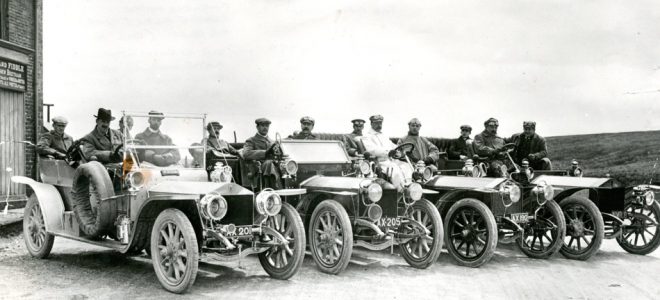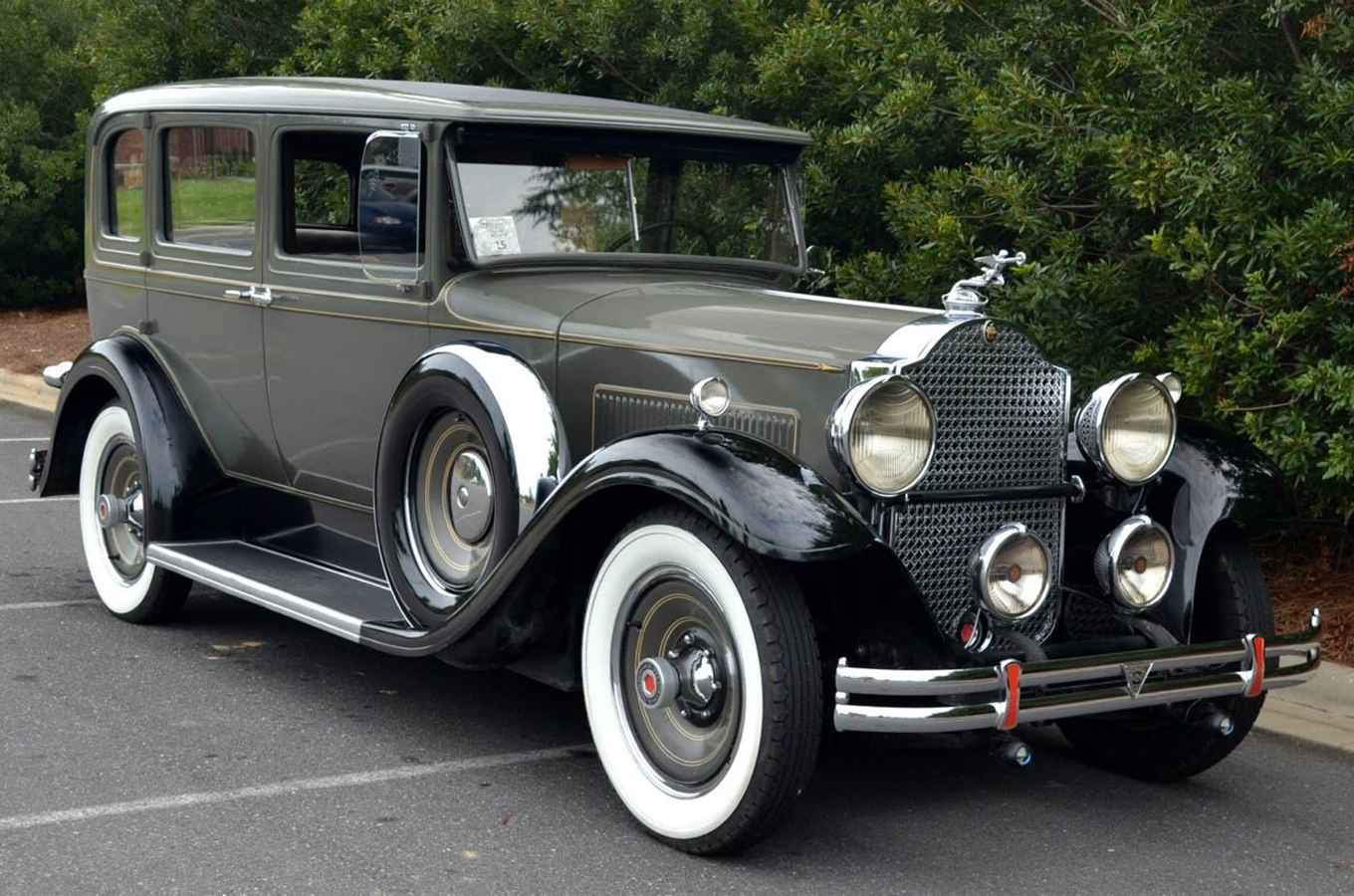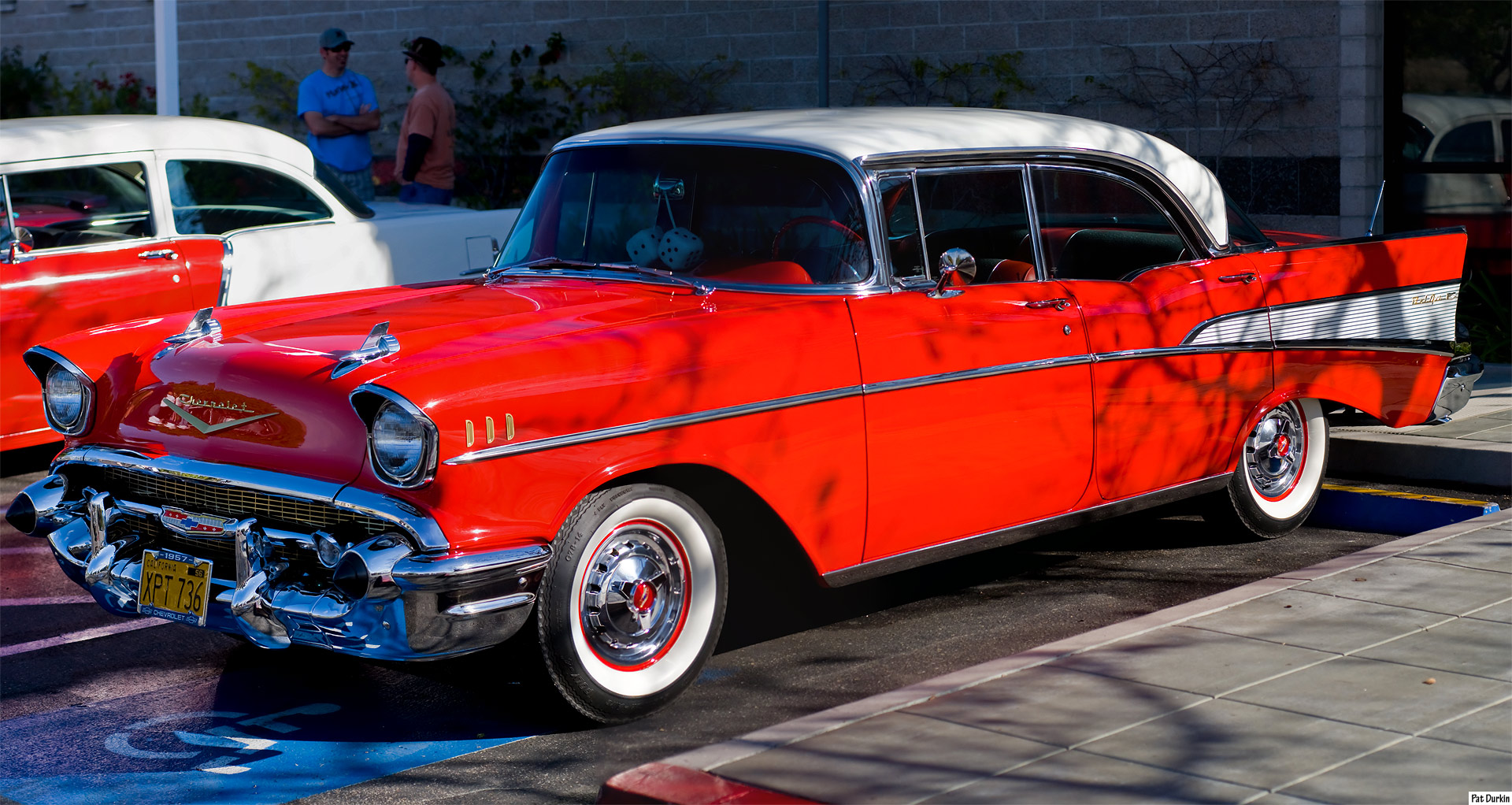
The automobile is a genius invention, but it’s very hard to single out an individual whom you can point to and say that they invented the car. Auto vehicles have drastically changed over time, in uses, sizes, and technologies used. One of the earliest modern designs of a self-powering vehicle was that of Leonardo Da Vinci’s, back in the 15th century. The idea of the modern automobile was attributed to a French man called Nicolas-Joseph Cugnot. He managed to build a big vehicle that was driven by a steam tricycle mechanism. The speed of the vehicle wasn’t impressive, peaked at 3.6 km per hour, it managed to move for 20 minutes carrying 4 people before it stopped to recharge the steam engine.
The development of cars changed over the years according to many factors, such as customer demand, mobility, environmental awareness, fuel consumption, production cost, safety, and many more factors. We’ll be reviewing how the use and characteristics of cars developed to suit the different demands of people over time.

Img source: wikipedia.com
Steam Coaches for Transportation
Steam road carriages were very common in the 1830s in Britain, the credits of the steam researches that fueled the design belonged to Thomas Savery and Thomas Newcomen. The smooth wheels were believed not to be efficient enough for the roads, so iron legs that dug through the ground to propel forward. This remained the case until the case had been made that such equipment is noisy, smoky, and led to the deformation of the railroad, in addition to high tollgate fees. Lighter steam carriages were made in the 1890s, it took long for steam engines to develop under the harsh public conditions. Steam was a success and in the early 20th century several European countries and the U.S the steam automobile.

Img source: lapolo.in
The Automotive Rise
Henry Ford was the first car designer that believed that cars shouldn’t only be a rich man’s tool, he shifted the common approach of making a vehicle for the luxurious only to make them to the general population. Full hydraulic systems were in place by the late 1930s in addition to synchronized transmission systems that made the experience go popular quickly.
Features and Characteristics
Cars already became a staple in communities by the 30s, it was logical for new features and uses to be developed. Electric windows, central locks, and air conditioning were all added in the 30s, followed by turn signals. Power-steering was mass-produced in 1951 which made driving the car for long distances manageable by the less muscular. Different types of cars were made for different services. Trucks were made for more practical uses such as transporting goods from one place to another, and on the other side of the spectrum, limos came to be to display absolute luxury.

Img source: moneyinc.com
The good thing about limos though is that they are accessible by most as they are rented and may be affordable if a couple of people pitch in. Price 4 Limo Service has an inventory of over 12,000 vehicles including limos and other kinds of cars too and gives a good insight into different kinds of a vehicle with different features that can cater to your occasion or needs.
Different types of cars were designed for varying road terrains and some are even for cruising through sand and rough terrain. Each type has its own features and characteristics and with every year the models are being upgraded to cater more and more to people’s needs.
Car’s Evolution
It may look like cars reached their pinnacle in terms of evolution, but this is only the beginning. A lot of vehicles nowadays are powered 100% by electricity, most cars are going to follow suit in the coming years. Constant developments are being made to make it safer, faster, and more convenient.

Img source: cashnetusa.com



